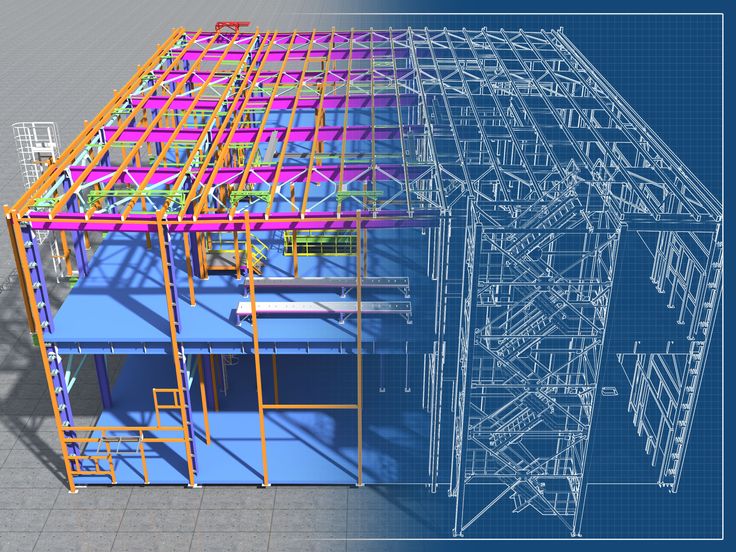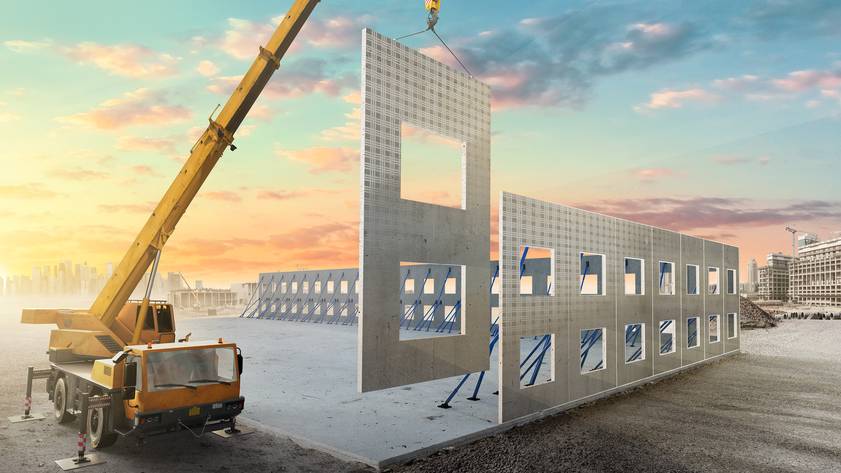Structural design is the orderly investigation of the stability, strength, and rigidity of structures. Structural analysis and design’s main objective is to produce a structure capable of resisting all applied loads without failure during its intended life. If the structure is erroneously designed or if the actual applied loads exceed the design specifications, the device will probably fail to perform its intended function with serious consequences. The primary purpose of a structure is to transmit or support loads. A well-engineered structure greatly minimizes costly failures.
A structural design project is divided into three phases, planning, design, and construction. The structural design of any structure first step is establishing the loading and other design conditions which are supported by the structure and therefore must be considered in its design. The second step is the analysis and computation of internal gross forces, as well as stress intensities, strain, deflection, and reactions produced by loads, temperature changes, shrinkage, creep, and other design conditions. The proportioning and selection of materials for the members and connections to respond adequately to the effects produced by the design conditions is the third and final step.
There are four important factors in structural analysis and design:
- Design code and standards
Structural designs must comply with all national, state, or local building standards, permit requirements, and design codes. These criteria serve as guidelines when designing a proposed project.
- Load considerations
An analysis of load consideration is a vital part of the structural design. Load considerations will depend on the type of occupancy and the height of the structure. There are three common loadings of a building, Dead Load (DL), Superimposed Dead Load (SDL), Live Loads (LL).
- Framing
The important part of the process to ensure the safety of the structure is determining the proper structural support and framing. Structural analysis, through the use of Building Information Modelling (BIM) technology, can help in determining appropriate slab thickness, beam dimensions, orientations, design of footings, and more.
- Schedule
Once all analyses and designs have been completed, a structural markup, including the design, schedule, and budget must be submitted. A complete collaboration between all stakeholders is necessary to ensure every detail is accounted for in the overall schedule. The ultimate performance of a building relies on the collaborative efforts of all project participants.
Conclusion:
Structural design ensures stability, strength, and safety by analyzing and designing structures to handle all applied loads. Mastering this process requires expertise in planning, load considerations, framing, and adherence to standards. A structural design course at CADD Centre equips you with advanced skills, including BIM technology, to design efficient, fail-proof structures. Start your journey with CADD Centre and excel in structural engineering.
FAQs
What software tools are commonly used for structural analysis and design?
Popular software tools include ETABS, STAAD.Pro, SAP2000, and Autodesk Robot Structural Analysis. These programs assist engineers in modeling, analyzing, and designing structures efficiently
What is the difference between static and dynamic analysis in structural engineering?
Static analysis evaluates structures under constant or slowly varying loads, assuming that the structure’s response is time-independent. Dynamic analysis, on the other hand, considers time-dependent forces such as earthquakes or wind loads, assessing how structures respond to rapidly changing or cyclic loads.
What are the common failure modes in structural elements?
Common failure modes include yielding (permanent deformation), buckling (sudden lateral deflection), fatigue (failure due to repeated loading), and fracture (complete separation of a component). Understanding these helps in designing structures to prevent such failures.
What is the importance of load combinations in structural design?
Load combinations are essential to ensure that structures can safely withstand various possible combinations of loads they might experience during their lifespan. Design codes provide specific load combination guidelines to ensure safety and serviceability
How can CADD Centre help in mastering structural analysis and design?
The CADD Centre offers advanced structural design courses, including training in BIM technology. These courses equip learners with the skills needed to design stable, efficient, and fail-proof structures, ensuring success in the field of structural engineering.





